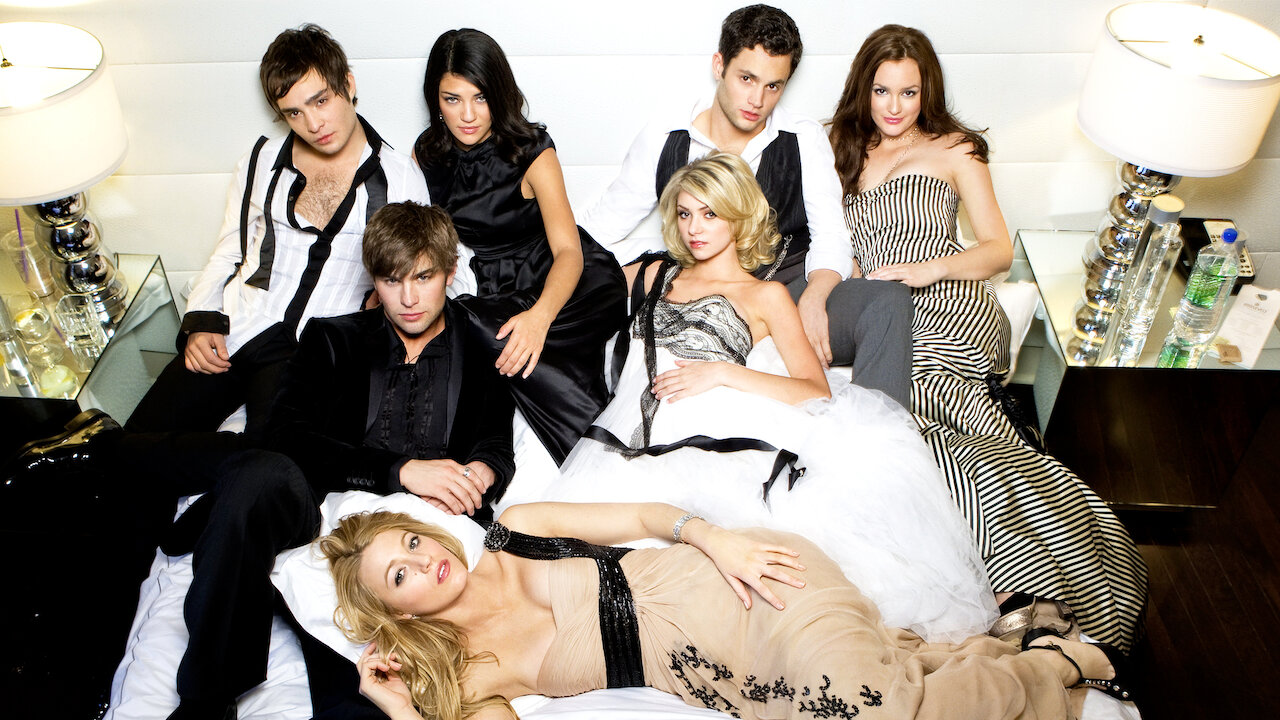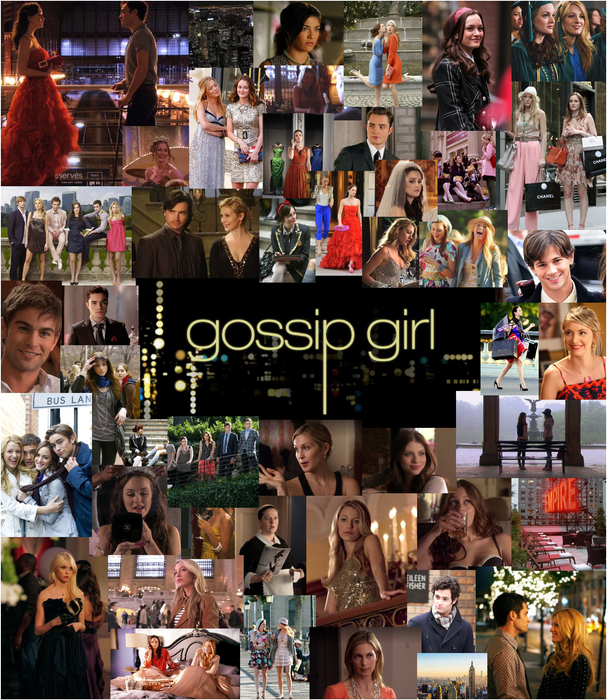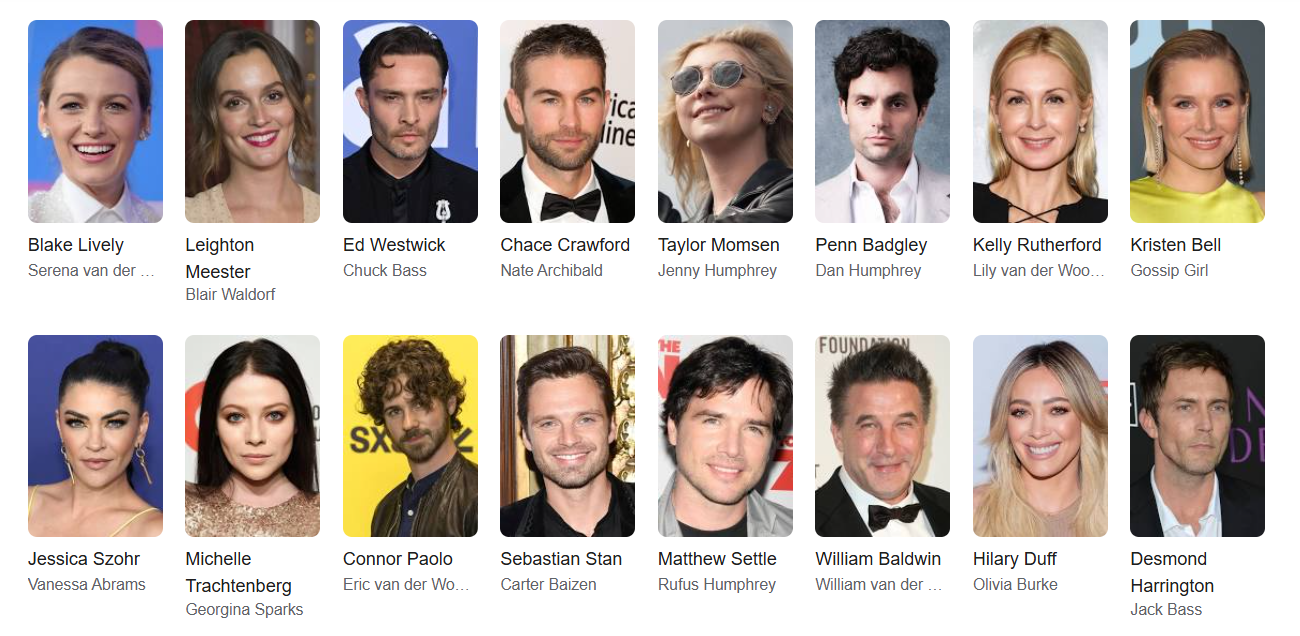The allure of Gossip Girl—the glitzy yet gritty series that explored the lives of elite Manhattan teens with a penchant for drama, betrayal, and designer wardrobes—is as powerful as ever. With the recent return of Gossip Girl to Netflix, fans of the original and new viewers alike are diving back into the lives of Serena, Blair, Chuck, and their circle. Since its initial airing in 2007, Gossip Girl has influenced fashion, dialogue, and television trends, creating an unmatched cultural legacy. Now, as Netflix brings Gossip Girl back to our screens, the series finds itself in a perfect position to captivate a new generation with the same glamorous scandal and intrigue that first made it famous. Follow us here at Apple Announces Redesigned Mac Mini with M4 Chip.
Gossip Girl
Originally debuting on The CW, Gossip Girl quickly became a defining show of the late 2000s and early 2010s, renowned for its addictive storytelling and a narrative style that blended modern technology with classic high society themes. Narrated by the mysterious “Gossip Girl” voice, the show explored the privileged, cutthroat world of New York’s young elite, focusing on scandal and rivalry while addressing themes of friendship, loyalty, and ambition. The “who’s-who” appeal of Gossip Girl captivated audiences worldwide, turning it into a cultural touchstone. Its legacy only deepened as social media and smartphones became an integral part of everyday life, much like the characters’ interactions with “Gossip Girl” herself.

Over the years, Gossip Girl has built an almost mythic status. Its influence on the industry and its impact on its cast’s careers cemented its place in TV history, and its return to Netflix means fans can relive the storylines, relationships, and New York glamor that were a hallmark of the show. Gossip Girl’s reappearance on streaming platforms is both a nostalgic treat for fans of the original series and a timely reintroduction of a show that was ahead of its time in exploring the public and private self in the age of instant digital communication.
Related: Channing Tatum and Zoë Kravitz Split After 3 Years Together
Related: Teri Garr, The Comedic Acting Genius Died at the age of 80
Episodes and Seasons
Gossip Girl originally ran for six seasons, each season packed with drama, suspense, and countless plot twists. From Blair’s iconic rise in Manhattan’s social scene to Serena’s battle with her past, each season wove intricate storylines together, keeping viewers engaged with each episode. The show’s episodic structure enabled it to reveal new secrets and conflicts continually, giving audiences just enough to stay hooked without ever fully resolving its central mysteries. Every episode of Gossip Girl invited viewers into a world that was simultaneously aspirational and cautionary, making it difficult to resist hitting “next episode.”

On Netflix, fans now have easy access to all the episodes in one place, which means a seamless binge-watching experience. This return not only allows long-time viewers to rediscover their favorite moments but also gives newcomers a chance to explore the entirety of Gossip Girl without interruption. The episodic cliffhangers, betrayals, and alliances are as thrilling as ever, and Netflix’s platform is ideal for this kind of serialized, high-drama show that can be fully appreciated through extended viewing sessions.
Cast


The Gossip Girl cast became synonymous with their characters, with Blake Lively, Leighton Meester, Penn Badgley, Chace Crawford, and Ed Westwick achieving star status thanks to their roles. Blake Lively’s Serena van der Woodsen and Leighton Meester’s Blair Waldorf became iconic for their intense friendship, which was marked by both deep loyalty and frequent rivalry. Each character represented a different aspect of high-society life, with Serena embodying the glamorous but troubled socialite and Blair personifying ambition and elite refinement. Chuck Bass, played by Ed Westwick, became the “bad boy” audiences loved to hate and eventually came to understand, while Dan Humphrey, portrayed by Penn Badgley, added a grounded, relatable aspect as an outsider thrust into the glittering world of wealth and privilege.

Each cast member brought a unique charm and authenticity to their roles, and their performances played a massive role in elevating Gossip Girl from a typical teen drama to an iconic series with emotional depth and sophistication. Their chemistry, combined with each actor’s ability to bring complexity to their characters, continues to captivate audiences, making the show’s return to Netflix all the more special.
Production
The production quality of Gossip Girl was instrumental in making the show a visual feast that highlighted New York City’s high society. The series embraced iconic locations around the city, featuring glamorous settings such as the Met steps, Upper East Side brownstones, and luxurious interiors that added depth to the show’s exploration of privilege and aspiration. The production team made New York City a central character, with each setting chosen to amplify the personalities and lifestyles of the characters, from the art galleries and penthouses to upscale lounges.
The show’s costume design also played a crucial role in production, helping to distinguish each character through fashion. From Blair’s classic headbands and preppy style to Serena’s boho-chic elegance, Gossip Girl became a style bible for its audience. Costume designer Eric Daman’s vision not only influenced the characters’ looks but also inspired a generation’s sense of fashion. The production details—from set locations to costume design—reflect a concerted effort to immerse viewers in the opulence and allure of a world that feels both aspirational and slightly out of reach.
Behind-the-Scenes and Location Choices
Beyond the actors’ performances and the iconic storylines, the locations and behind-the-scenes decisions on Gossip Girl helped set the series apart. Many scenes were shot on location in New York City, giving the show an authentic feel that studio sets couldn’t replicate. The creators chose locations that added realism and depth to the show’s portrayal of Manhattan life, with popular spots like the New York Palace Hotel and Central Park frequently featured.
Behind-the-scenes insights reveal how challenging it was to capture such glamorous locations and manage the complexities of shooting in bustling city environments. The production team carefully selected each location to ensure it fit the narrative’s vision of high society while giving fans a recognizable glimpse into the real-life locations where Manhattan’s elite might live and socialize. These strategic choices in location and filming helped ground the series, creating a visually rich experience that contributed to the show’s lasting allure.
Music
The soundtrack of Gossip Girl became as iconic as the characters themselves, featuring a mix of popular and indie music that perfectly captured the energy and emotions of each scene. Music supervisor Alexandra Patsavas, known for her work on other popular shows, created an eclectic mix that reflected the youth culture of the time, combining chart-topping hits with lesser-known artists to build an auditory experience that enhanced the drama and glamour onscreen. Songs like “Young Folks” by Peter Bjorn and John and “What Goes Around… Comes Around” by Justin Timberlake became synonymous with the series, adding an emotional layer that fans connected with deeply.
The music choices not only defined the aesthetic of Gossip Girl but also helped launch the careers of several artists whose songs were featured. This carefully curated soundtrack was pivotal in setting the tone for each season, and it remains an essential part of the show’s identity. Fans revisiting the series on Netflix are treated not just to the drama and intrigue of the storyline but also to the familiar songs that evoke the unique cultural moment of the late 2000s.